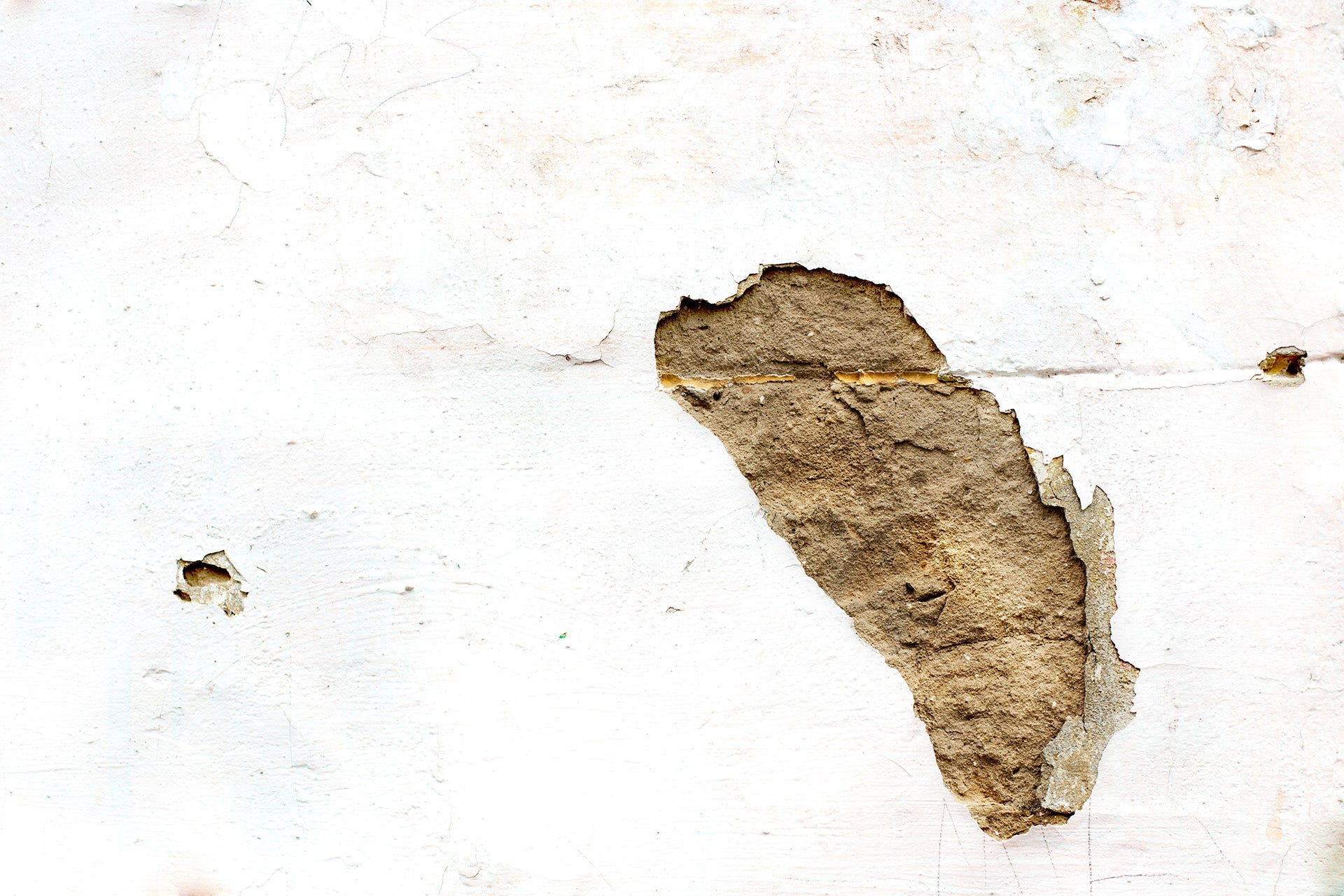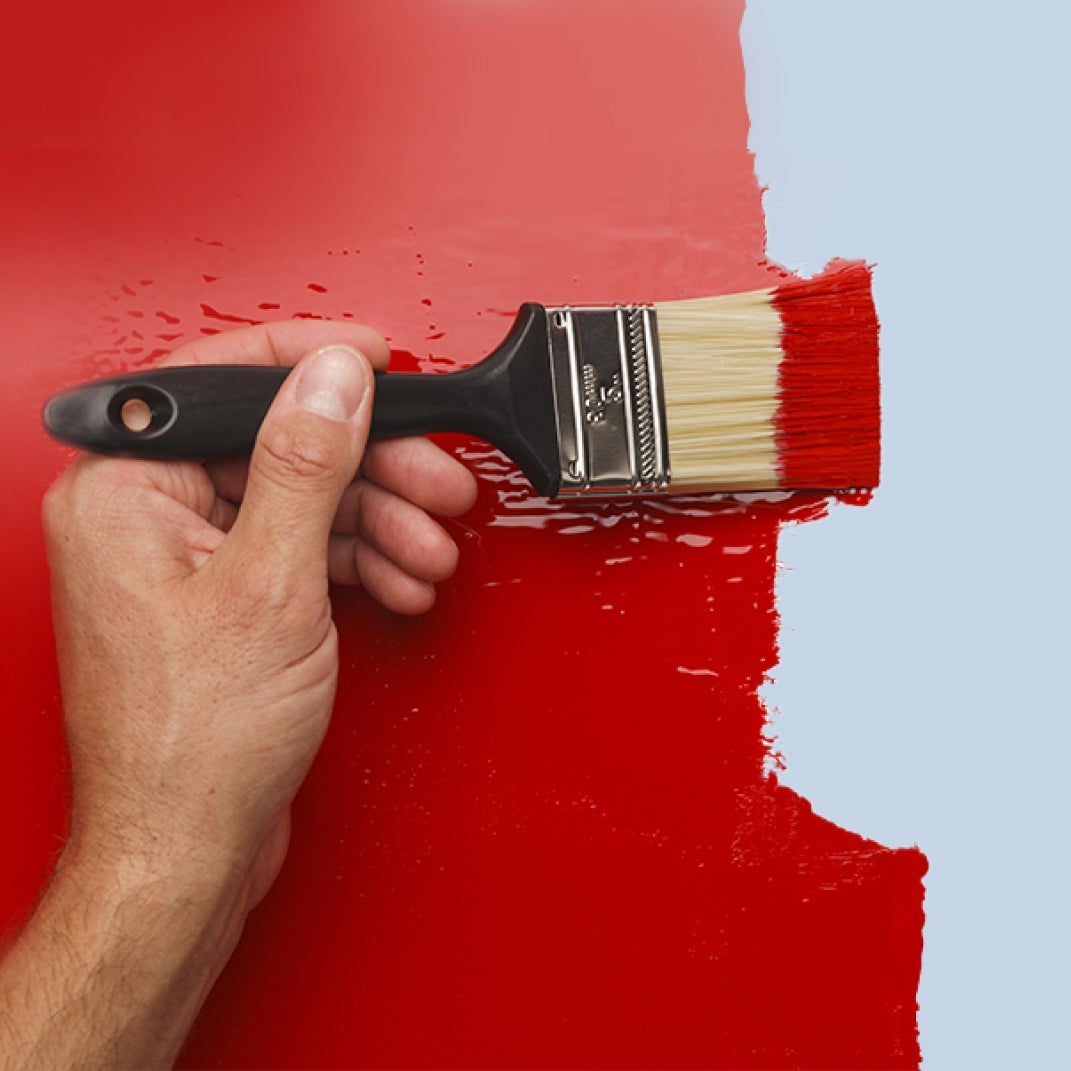Advice
Walls & Ceilings
Wood
Floors
Masonry
Metal
Colour




Here we provide answers and trade painting advice for the most commonly asked trade paint and decorating questions.
Once the surface has been suitably prepared, use one coat of the Johnstone’s Ultra Primer Sealer before the application of the Matt Emulsion.
A. We would recommend using the Johnstone’s Ultra Primer Sealer on dry bare plaster, however due to already applying the finishing coat we would recommend an additional third coat to help create the film build required.
The plaster must be allowed to dry out thoroughly before application we would suggest testing the surface with moisture meter. Once the surface is dry we would recommend one coat of the Johnstone Covaplus Vinyl Matt slightly thinned followed by two full coats of the Johnstone’s Covaplus Vinyl Matt.
As with any water stain the cause has to be rectified prior to undertaking any painting. Once any repairs are complete and the surface is full dry initially treat with a coat of Johnstone's Stain Block Primer prior to your chosen top coat.
An oil based product uses UV light to stabilize the paint, in areas of low light we would recommend using a water based alternative such as the Johnstone’s Aqua Water Based Gloss.
After thoroughly abrading the glossy surfaces apply one coat of Johnstone’s Aqua Water Based Undercoat followed by two coats of Johnstone’s Aqua Water Based Gloss. Alternatives in a satin finish would be an initial coat of Joncryl Water Based Primer Undercoat followed by the Acrylic Satin.
Water based varnishes such as Woodworks Quick Dry Polyurethane Varnish have the ability to offer a high level of protection and durability without changing the appearance of the timber onto which it’s applied. Oil based varnishes like Woodworks Polyurethane Varnish will initially deepen the colour of any timber which will over time only become richer and darker with age.
The Johnstone's Flortred is formulated to produce a tough hardwearing finish for not only traditional concrete but also timber. Its satin appearance makes it an ideal decorative coating for internal timber floors with the added advantage of a choice of thousands of colours from our tinting system.
Tantalised/pressure treated timber should be allowed to weather before considering applying a Johnstone’s Woodworks paint coating. This increases the absorbency allowing the coating to penetrate and bond to the timber
Due to the level of wear and site conditions of water sitting on the surface we would recommend allowing the substrate to completely dry out before removing any loose/flaking product and applying one thinned coat and a minimum of two coats on the Johnstone’s Decking Stain.
Once suitably prepared apply Johnstone’s Stormshield Flexible Gloss or Stormshield Flexible Satin system.
This effect is commonly known as “Blooming”. It is usually caused by exposure of the still drying paint coating to cold or damp conditions before it has fully cured. Atmospheric conditions of dampness and low temperatures are not conducive to the film forming characteristics of this material. In some instances they also affect the drying properties and cause it to remain tacky for some time.
Johnstone’s Flortred will be recoatable after 24hours however the coating should be allowed to fully cure for a minimum of 5 to 7 days before subjecting the floor to stationary or standing vehicles
Firstly the moisture content of the substrate should be checked. This can be carried out by various methods but the best way is by using a moisture meter specifically designed for this purpose. If you don’t have access to this equipment then, as a guide, it is recommended that a drying period of a month is allowed for every inch of concrete laid in depth.
None of the floor coatings within the Johnstones range require a sealer or specific primer for bare surfaces, ideally thin the first coat to allow the paint to penetrate into the structure of the floor. Polished or oversealed floors must be treated by approved methods prior to painting.
The white powder is often natural salts drawn through by moisture this is called efflorescence and should be removed by dry brushing and checked on a regular basis. This should only be overcoated when the salts have ceased appearing on the surface.
Most masonry coatings are water based, therefore, as in this case, it is highly likely that the paint film had not had time to fully cure, before the shower of rain. Water based coatings dry mainly by evaporation. Drying can be slowed or even stop during and immediately after application of the paint by cold, damp or humid conditions. It is recommended that a solvent based masonry coating like Stormshield Pliolite Masonry Paint is used in lower temperatures or when rain is imminent.
High levels of moisture in the underlying surface and temperatures, 5ºC and below prevent the paint from drying properly, and therefore it should not normally be applied during these conditions or just before they are expected.
The covering or spread rate of masonry paint will be determined by the condition, porosity or texture of the surface on to which it is applied.
Most of the surfaces on to which theses paints are normally applied are naturally absorbent. It may be necessary to quench this absorbency as unsealed surfaces will absorb more material, thus reducing the spread rate. The profile of the surface will also affect the spread rate of the coatings. In some instances, particularly on heavily textured masonry surfaces, the raised profile can increase the surface area by 30%.
If the surfaces which are to be treated with a masonry paint are highly porous, chalky or friable, then they should be treated with stabilising solution. Johnstone's Stabilising Solution is a highly penetrative material designed to bind unstable and quench highly absorbent surfaces, this provides a suitably bound or sealed surface which will receive a masonry coating.
To ensure good adhesion of the masonry coatings following application of the stabilising solution it is essential that a non-glossy surface be produced. The stabilising solution should be initially applied to a small test area, if it dries to and leaves a glossy finish then it should be thinned and a new test area undertaken until a non-glossy appearance is achieved.
With the chemicals normally present in new fresh cladding it is advisable to allow the surface to fully weather before considering applying any paint coating.
The Johnstone's Smooth Metal Paint eliminates the need for a primer and undercoat and can be applied direct to the railings after appropriately preparing them. Another advantage is that as second coat can be applied within two hours of the first coat.
It is always advisable to prime this type of surface and the Johnstone’s Single Pack Primer is ideal.
Pre-treatment of galvanised metal is dependent on the condition. If it is well weathered then once cleaned it generally will accept a paint coating. If the galvanised metal is new, bright and shiny it’s advisable to pre-treat with Johnstone’s Mordant Solution. Johnstone’s Steel and Cladding Semi-Gloss Topcoat or Water Based Steel and Cladding Topcoat will provide perfect finishes for galvanised metal.
Yes, all of our samples are hand painted using a matt emulsion and come in a standard size of 4x4”.You can order samples by emailing our Colour Advisory team at PPGExtra@ppg.com and they will send you our Colour Sample Request Form. All samples are dispatched within 5 working days for reasonable requests.
Every colour has a Light Reflectance Value which represents the percentage of light that is reflected off surfaces; the higher the value, the lighter the colour. It is expressed on a scale of 0-100 where absolute white has a value of 100 and absolute black has a value of 0.
LRV’s become a key consideration when designing spaces to comply with Approved Document Part M - Access to and Use of Buildings. This document outlines the requirements for certain surfaces to contrast with their surroundings. Approved Document Part M suggests a difference of 30 points between critical surfaces is needed in order to assist those with visual impairment to successfully navigate buildings and aid in giving a sense of dimension to the area.
For people with adequate vision, difference in hue or chroma (colour intensity) provides sufficient visual contrast. But for people who are visually impaired, the main feature of a surface which determines the ability to identify differences in colour, is the amount of light the surface reflects.
Yes, you can take your item to your local Johnstone's Decorating Centre. There they will be able to scan your colour using a spectrophotometer which will offer our nearest colour in our range to the item being scanned.
There are a number of factors that can cause a colour to look different to the one you initially selected.
If you are selecting your colour from a website, the final colour you end up with can be very different as there can be a huge variation between how one screen monitor is set up to another. If you are selecting from a colour card, is the colour deposited or printed? Colour cards which contain deposited colours are produced by putting small squares of wet paint pigment onto the colour card; whereas printing utilises the CMYK system and can be subject to variation from one printer to another. If you have painted your colour, you may find that the walls look different depending on the time of day or the light source in the setting that you are painting in.
You should always choose colours in the location you are going to be painting, so that you can see exactly how the light influences the colour. North facing rooms can make colours look cool and bluish; whereas East facing rooms have warm light in the morning, but this light turns cooler in the evening.
We suggest that you obtain tester pots or samples which allow you to paint a small space and experiment with different options for a while before making a decision.
